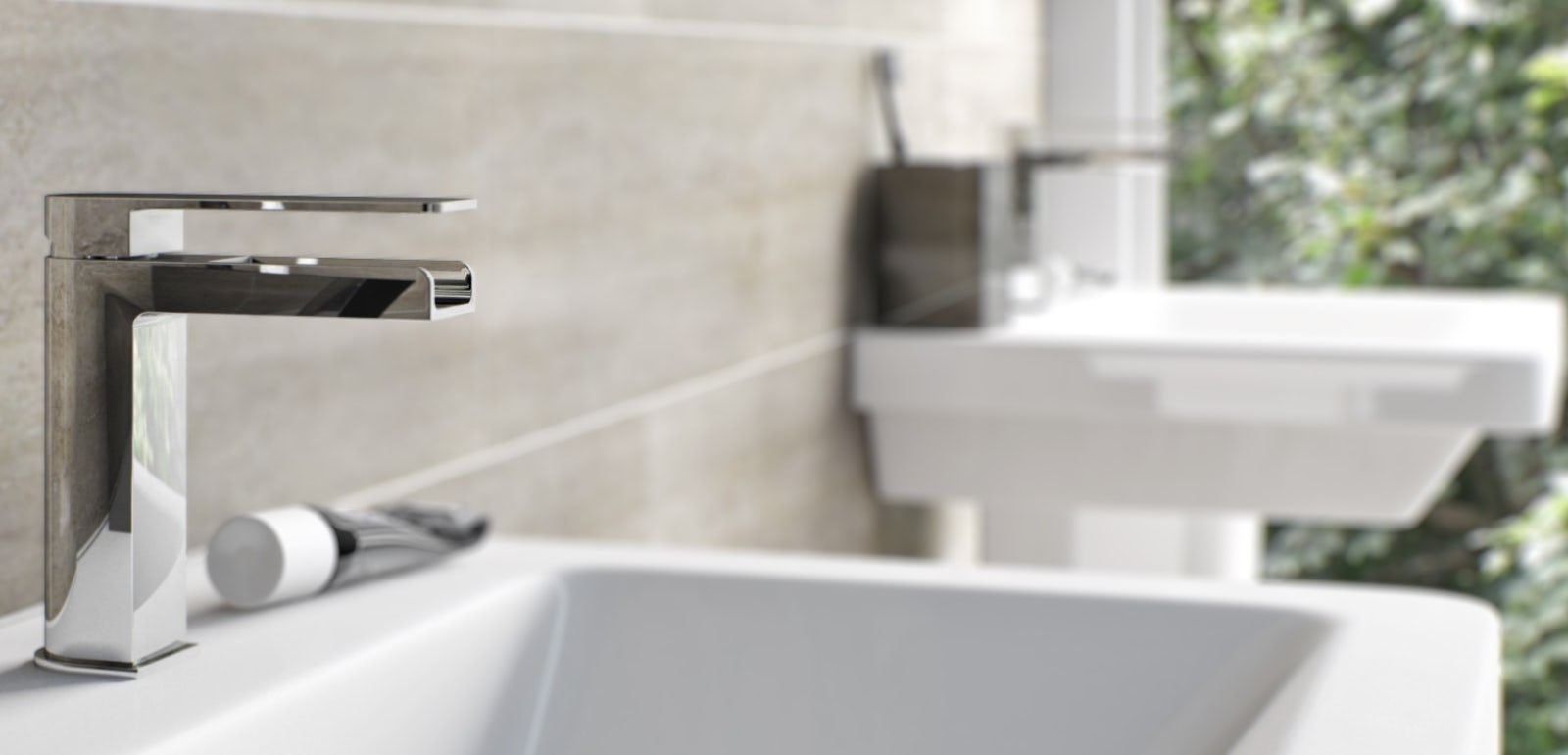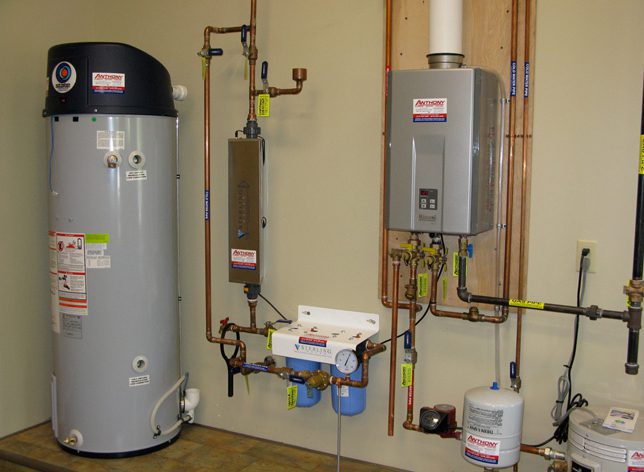What are your thoughts on What to Know About Plumbing: Basics, Tips, and Insights?

Plumbing is a crucial aspect of any kind of home, responsible for providing clean water for alcohol consumption, cooking, and showering, along with eliminating wastewater securely. Understanding the fundamentals of home plumbing is crucial for each property owner to make certain proper maintenance, troubleshooting, and, if essential, repairs. In this novice's overview, we'll cover the basic concepts of home plumbing to assist you come to be a lot more knowledgeable about exactly how it functions.
Water Furnace
The water heating unit is accountable for home heating water for residential use, including showering, cooking, and cleaning. Typical kinds of hot water heater consist of tank-type hot water heater, tankless (on-demand) hot water heater, and heatpump water heaters. The water heater is attached to the water supply system and delivers hot water to plumbing fixtures as needed.
Drainage System
The drain system eliminates wastewater from your home and brings it away to a sewage therapy center or septic tank. It includes a network of pipes, installations, and components that transfer wastewater from plumbing components to the primary sewage system line or septic system. Appropriate drainage is necessary to protect against clogs, backups, and sewage leakages.
Air flow System
The air flow system helps maintain correct atmospheric pressure and protect against sewage system gases from entering your home. Air vent pipelines, likewise referred to as vent heaps, prolong from plumbing fixtures to the roofing system, allowing sewer gases to run away securely outside. Ventilation pipelines additionally allow air to enter the water drainage system, assisting in smooth wastewater flow and preventing suction or vacuum cleaner results.
Water System System
The supply of water system brings clean water into your home from a municipal water resource or an exclusive well. It includes a major water line that links to your home's plumbing system, typically situated underground. A water meter determines the amount of water taken in, while a shut-off valve permits you to manage the flow of water right into your home.
Plumbing Fixtures
Plumbing components are devices that supply water to different parts of your home and include sinks, faucets, commodes, showers, tubs, and devices such as dish washers and washing equipments. Each fixture is attached to the supply of water system via pipelines and installations and may have its shut-off shutoff for maintenance or emergency situations.
Common Plumbing Devices
Having the right devices available is important for executing standard plumbing repair work and upkeep tasks. Typical plumbing devices include flexible wrenches, pipe wrenches, pliers, pipe cutters, hacksaws, bettors, augers (or drain serpents), and Teflon tape. Having these tools conveniently available can assist you take on minor plumbing problems successfully.
Basic Plumbing Repair Services
While some plumbing repairs may need specialist assistance, numerous usual issues can be attended to with standard do it yourself techniques. Knowing exactly how to take care of a dripping faucet, unclog a drain, change a commode flapper, or fix a dripping showerhead can save you money and time on plumbing repair services.
Verdict
Recognizing the basics of home plumbing is vital for every single home owner to maintain a safe, practical, and effective plumbing system. By familiarizing yourself with the supply of water system, plumbing components, drain system, air flow system, usual plumbing devices, and standard fixings, you can with confidence resolve minor plumbing issues and guarantee your home's plumbing system operates smoothly.
Plumbing for Beginners: A Comprehensive Guide
If you’re a beginner when it comes to plumbing, don’t worry; you’re not alone. Plumbing may seem intimidating, but with the right knowledge and a little practice, you can handle many common plumbing issues on your own. In this comprehensive guide, we will demystify the world of plumbing for beginners, providing you with the basic knowledge and skills needed to tackle common plumbing problems and even take on some DIY plumbing projects.
The Importance of Basic Plumbing Knowledge for Beginners:
First and foremost, basic plumbing knowledge gives you a solid foundation. It helps you grasp the key concepts and terminology that are essential in this field. By learning the basics, you’ll be able to build upon that knowledge and tackle more complex plumbing tasks in the future.
Having a basic understanding of plumbing also enables you to handle common issues that may arise in your home. Picture this: a leaky faucet or a clogged drain. With some basic plumbing knowledge, you’ll have the confidence to troubleshoot and fix these problems on your own. It saves you from unnecessary expenses and the hassle of waiting for a professional to arrive.
As a beginner, learning the basics of plumbing empowers you to take care of your own home. It gives you a sense of independence and self-reliance. You’ll no longer have to rely solely on professionals for every small issue that pops up. Instead, you can handle many tasks yourself, saving time and money in the process.
Remember, everyone starts as a beginner. Embrace the learning process and take small steps to expand your plumbing knowledge. There are plenty of online resources, tutorials, and even local workshops that talk about plumbing for beginners.
Essential Tools for Plumbing for Beginners
As you start your plumbing journey, having the right tools in your toolbox is crucial. Let’s explore some of the must-have tools:
Adjustable Wrench:
This versatile tool is a staple in any plumber’s toolbox. It allows you to tighten or loosen nuts and bolts of various sizes. Make sure to have an adjustable wrench with a comfortable grip.
Pipe Wrench:
A pipe wrench is specifically designed for gripping and turning pipes. It has serrated jaws that provide a strong grip, making it easier to loosen or tighten threaded pipes and fittings.
Plunger:
The plunger is a simple yet effective tool for clearing clogged drains and toilets. It creates suction when you push and pull, helping to dislodge blockages. Keep a good-quality plunger handy for those unexpected clogs.
Pipe Cutter:
When it comes to cutting pipes, a pipe cutter is your go-to tool. It creates clean, precise cuts without damaging the pipe. Look for a pipe cutter that can handle the pipe sizes you’re working with.
Hacksaw:
A hacksaw is useful for cutting through pipes, screws, and other materials. It’s a versatile tool that can handle different cutting tasks. Remember to use a blade suitable for cutting metal.
Tape Measure:
Accurate measurements are crucial in plumbing. A tape measure allows you to measure pipe lengths, distances, and dimensions accurately. Opt for a sturdy tape measure that extends a good length.
Pliers:
Pliers come in handy for various tasks, such as gripping, bending, and cutting. Slip-joint pliers with adjustable jaws are great for gripping pipes, nuts, and bolts.

I discovered that entry about What to Know About Plumbing: Basics, Tips, and Insights when doing a lookup on the web. Loved our write up? Please quickly share it. Help another person find it. Thanks so much for your time invested reading it.
Book 24/7
Comments on “Delving into the ABCs of Home Plumbing: A Beginner's Manual”